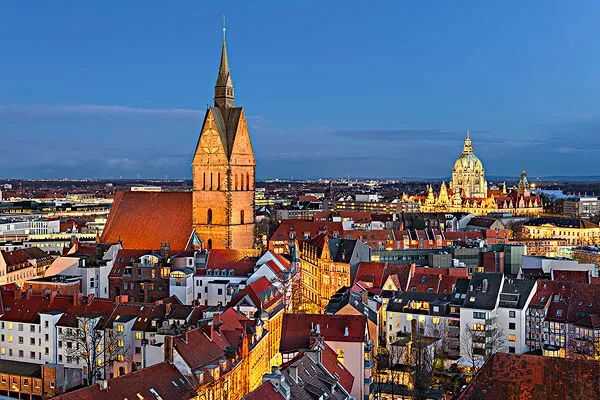A Stunning Display of Color and Form
The Himalayan Blue Poppy is renowned for its vivid blue petals, which range from a deep, royal blue to a more delicate, sky - blue shade. The large, cup - shaped flowers, often with a diameter of up to 10 centimeters, feature multiple layers of petals that give them a full and elegant appearance. Standing out against the blue petals are the bright orange stamens in the center, creating a striking color contrast. The plant itself can grow up to 1.2 meters tall, with a single stem supporting one or more of these magnificent blooms. Its leaves are large, lobed, and covered in fine hairs, adding to its overall charm.
Thriving in Extreme Conditions
This remarkable flower has adapted to survive in some of the most challenging environments on Earth. It thrives in the high - altitude regions of the Himalayas, typically at elevations between 3000 and 5000 meters. Here, it endures cold temperatures, strong winds, and a short growing season. The plant's hairy leaves help to insulate it from the cold, while its deep - rooted system allows it to access water and nutrients from the thin, rocky soil. Despite these adaptations, the Himalayan Blue Poppy is not an easy plant to cultivate outside of its natural habitat. It requires specific conditions, including well - drained, acidic soil and a cool, moist climate.
Cultural and Ecological Significance
In Tibetan and Bhutanese cultures, the Himalayan Blue Poppy holds great significance. In Tibetan Buddhism, it is considered a sacred flower, symbolizing the divine wisdom of compassion. It has also been a common motif in Bhutanese artwork and architecture. Ecologically, the flower plays an important role in its native ecosystem. It provides nectar for pollinators such as bees and butterflies, and its presence helps to support the overall biodiversity of the high - altitude regions. However, like many plants in the Himalayas, the Himalayan Blue Poppy is facing threats due to climate change, habitat destruction, and over - collection. Conservation efforts are crucial to ensure the survival of this beautiful and culturally important flower for future generations to admire.
-------- END --------






